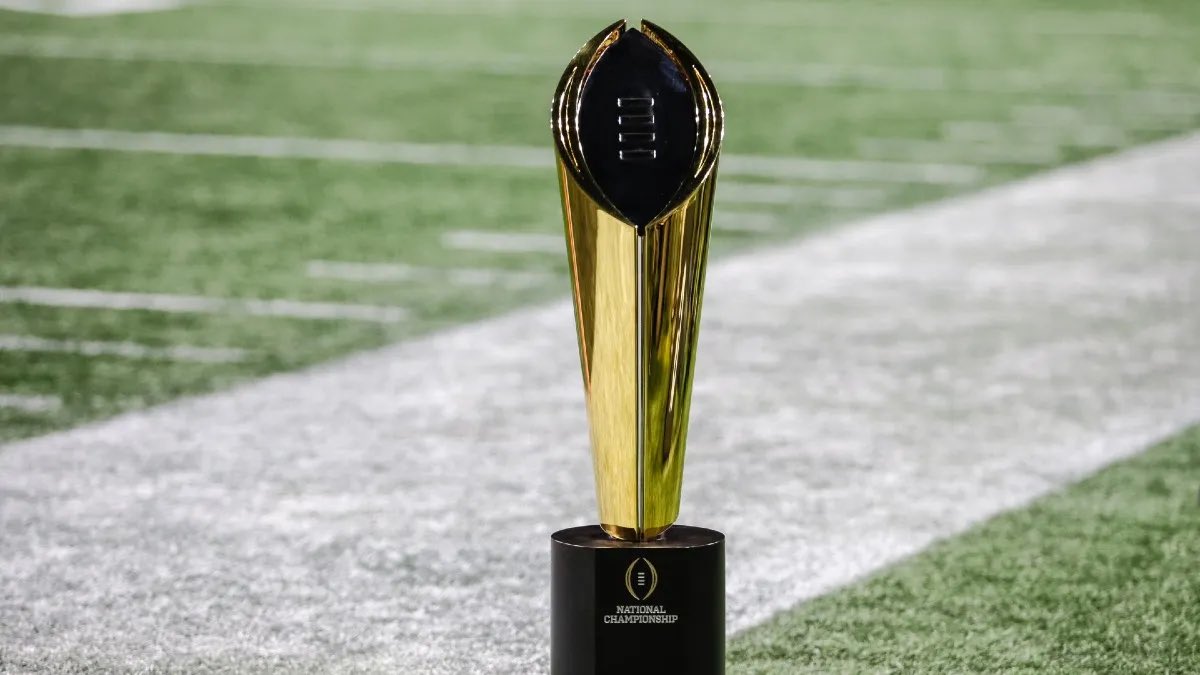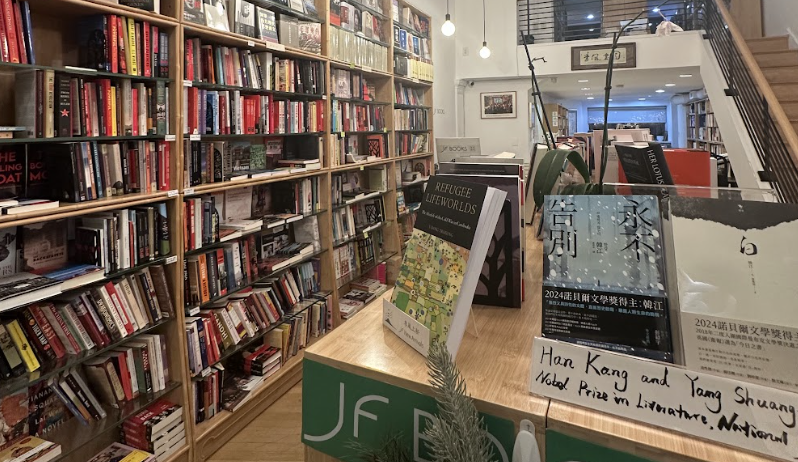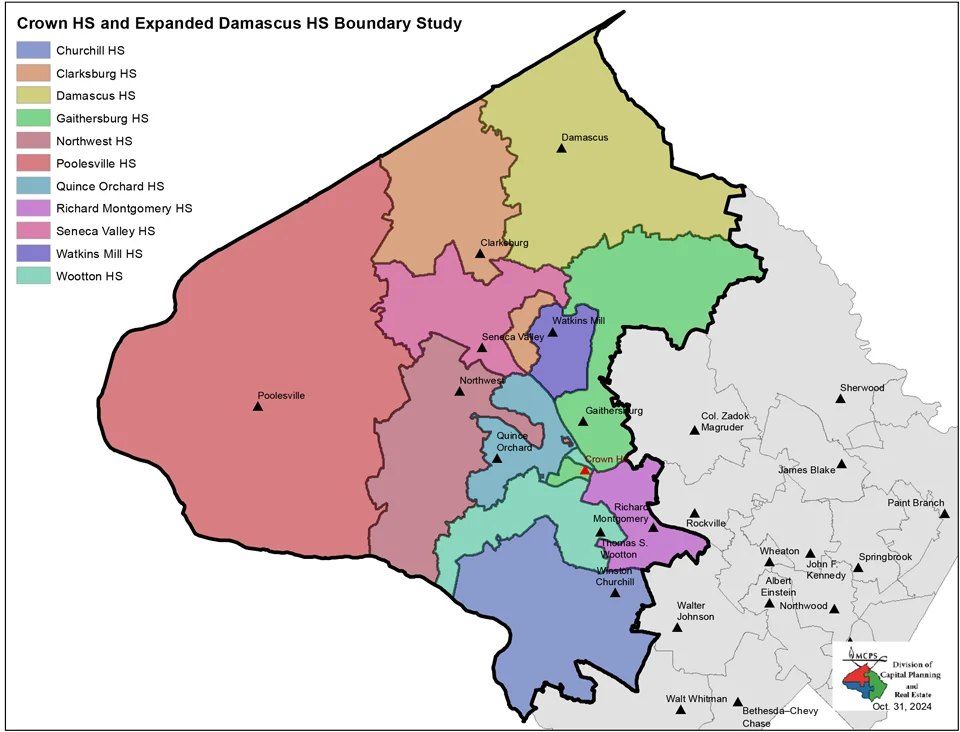Getting lost in the lost and found
Items lay strewn in Whitman’s lost and found. To organize items and serve the lost and found’s purpose, building service and students should organize the bins by item. Photo by Olivia Matthews.
April 21, 2018
If you’re lucky enough to have a lost item end up in the Whitman cafeteria lost and found, expect to find a piece of tupperware with one noodle inside, a single playing card from the game UNO, a sticky chapstick tube and an old sneaker alongside it. If you’re not immediately deterred by the dirt in the container and items piled on top of each other, then congratulations, you’re only one half hour of digging away from finding your lost item.
The lost and found is an amalgam of moldy, dusty items so trivial that no reasonable person would spend time looking for them and so decrepit that they are tearing at the edges. Every once in awhile, it’ll hold an item that seems important—but if someone wants to find it, he or she will have to rummage through all the filth first.
In order to make the lost and found more accessible, building services and student volunteers should organize the container into sections: clothes, school supplies and food-related items, and students should be responsible for maintaining them. If staff and students eliminate the mess, the lost and found would better serve its purpose of helping students find lost items.
Currently, the lost and found isn’t doing its job. In an informal lunchtime survey of 30 students who had ever lost an item at Whitman, only five said they had ever found one of their belongings in the Whitman lost and found, and less than half had even attempted looking.
It may seem like a minor issue, but for the scatterbrained and chronic losers-of-belongings among us, an organized lost and found is important. In elementary school, my parents would consistently get mad at me for misplacing things. On one particularly bad occasion, I unknowingly dropped one UGG boot—the quintessential footwear of every fifth grade girl—out of my bag and onto the soccer field. It was pouring rain that night, and I was sure my precious UGG boot was gone forever.
But to my delight, within the next week, my UGG boot showed up in the neatly organized school lost and found. Though it was slightly heavier than before from the water it accumulated, as far as I was concerned, my shoe was good as new.
Unfortunately, I can’t give the same stellar review to Whitman’s lost and found. My forgetfulness has continued into high school, but I still have yet to successfully use the lost and found to find one of my belongings. Whenever I go looking, I am so deterred by the mess that I give up.
Admittedly, there’s a twinge of irony in the fact that while I’m disorganized when it comes to my own belongings, I’m advocating for neat-freak organization of the lost and found. But organization is that much more important for the cluttered among us; making us dig through layers of items leaves us in an endless cycle of disorganization and despair.
Let’s be frank: the lost and found is filthy. No one uses it. I beg of you: organize.











